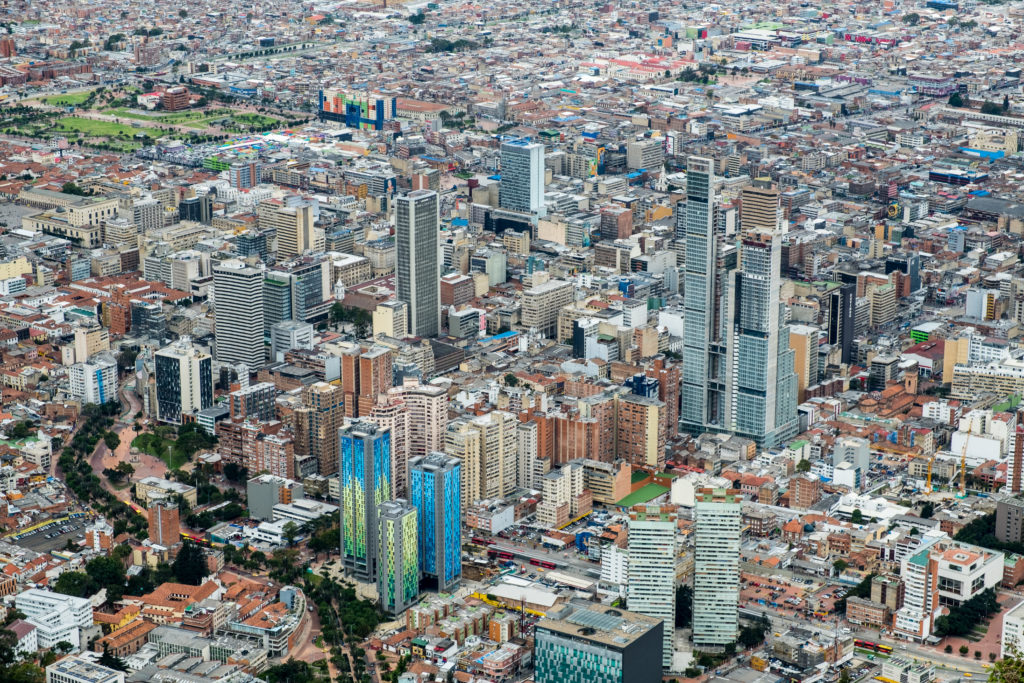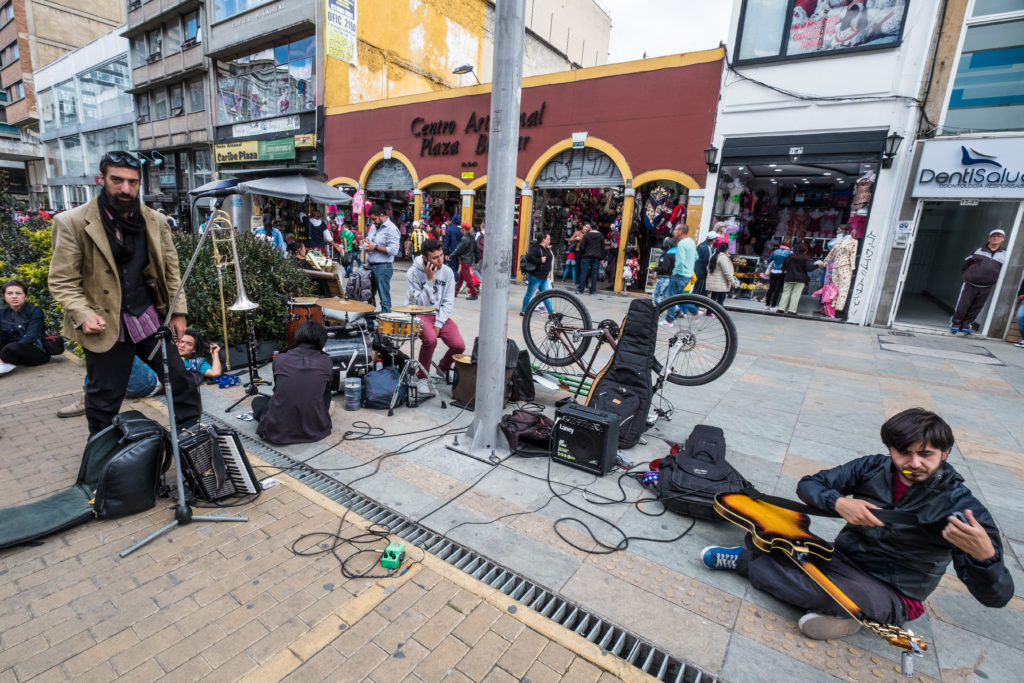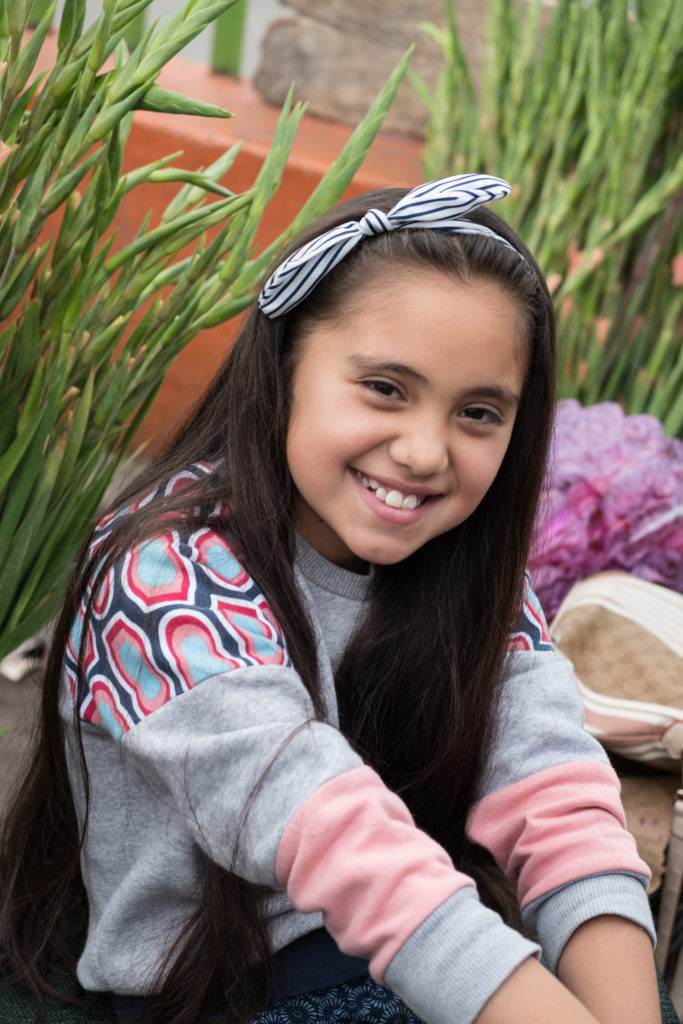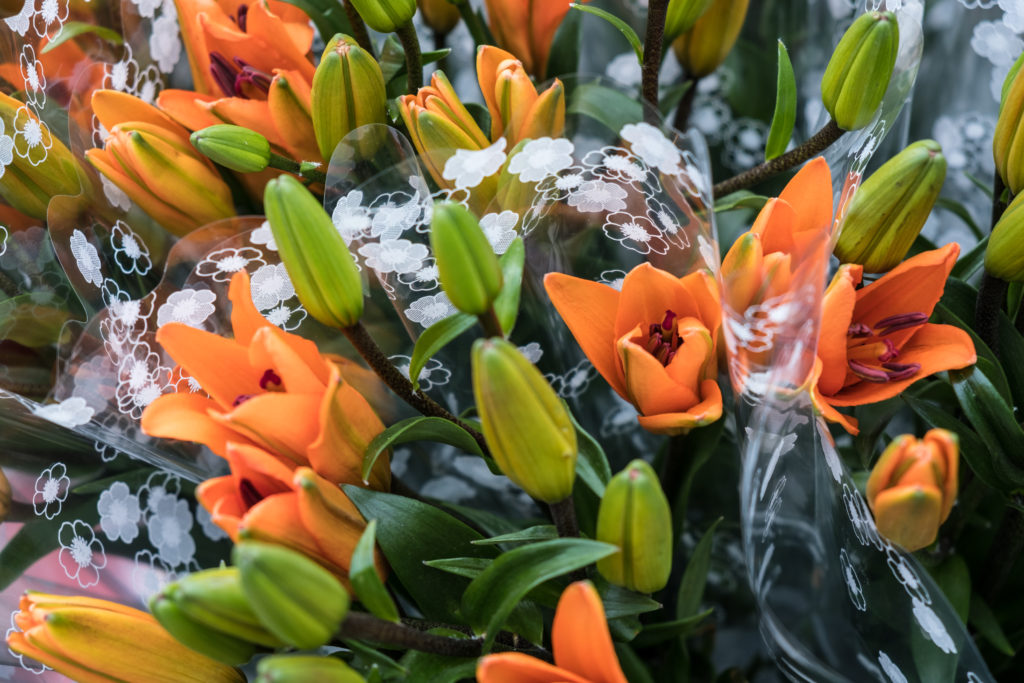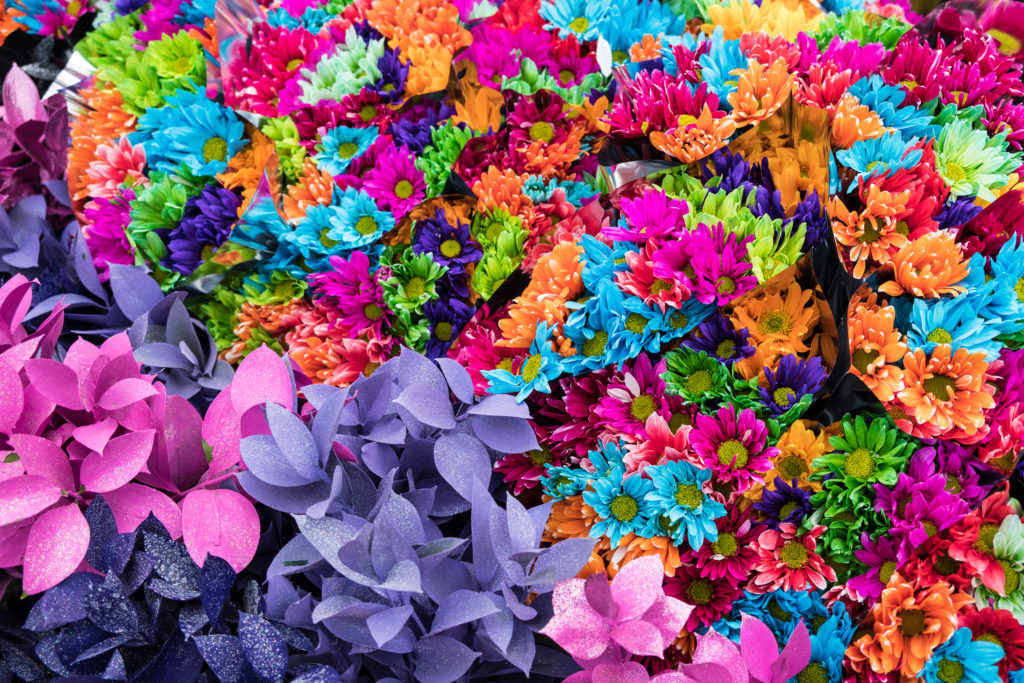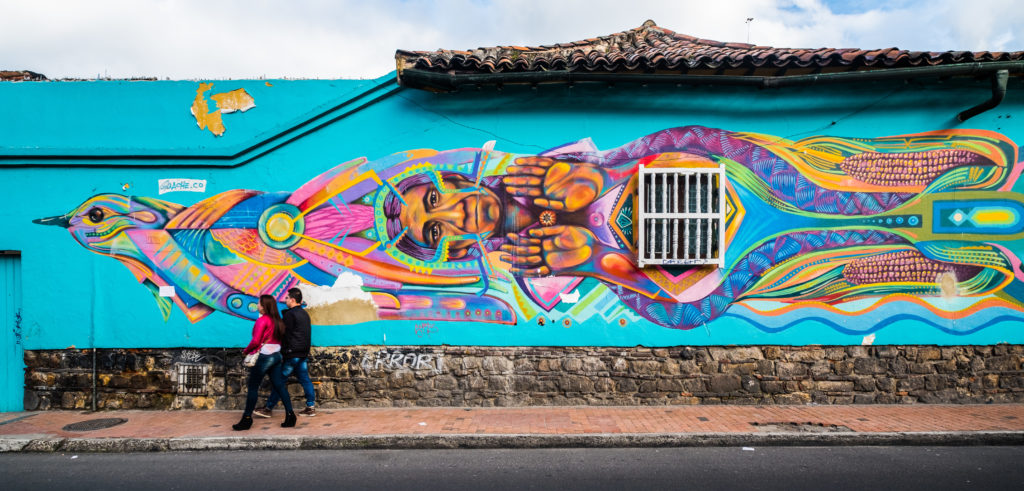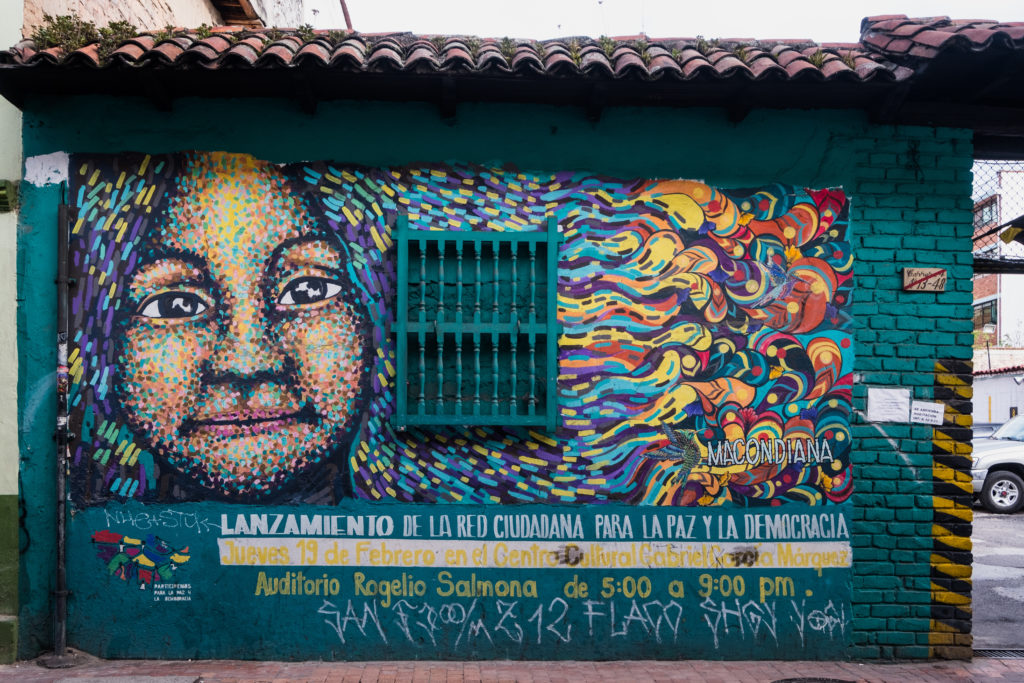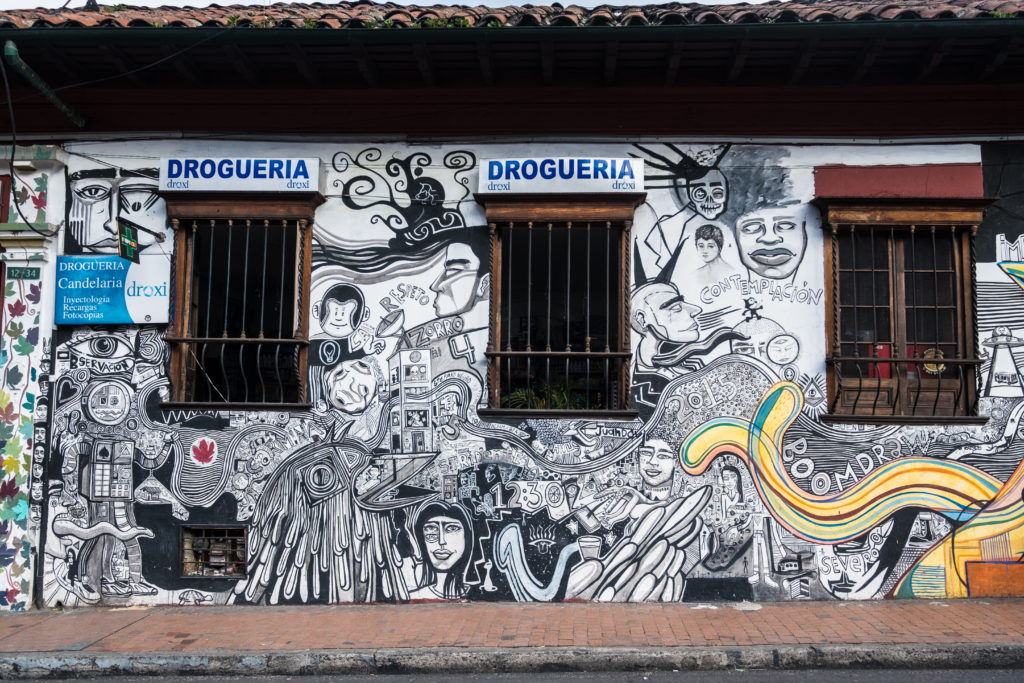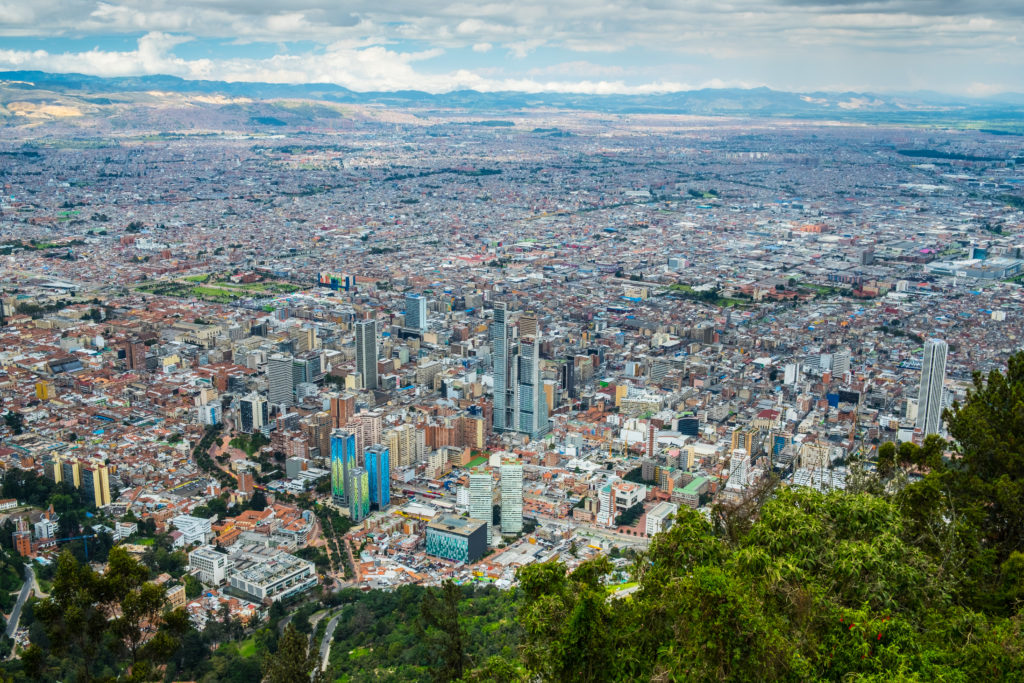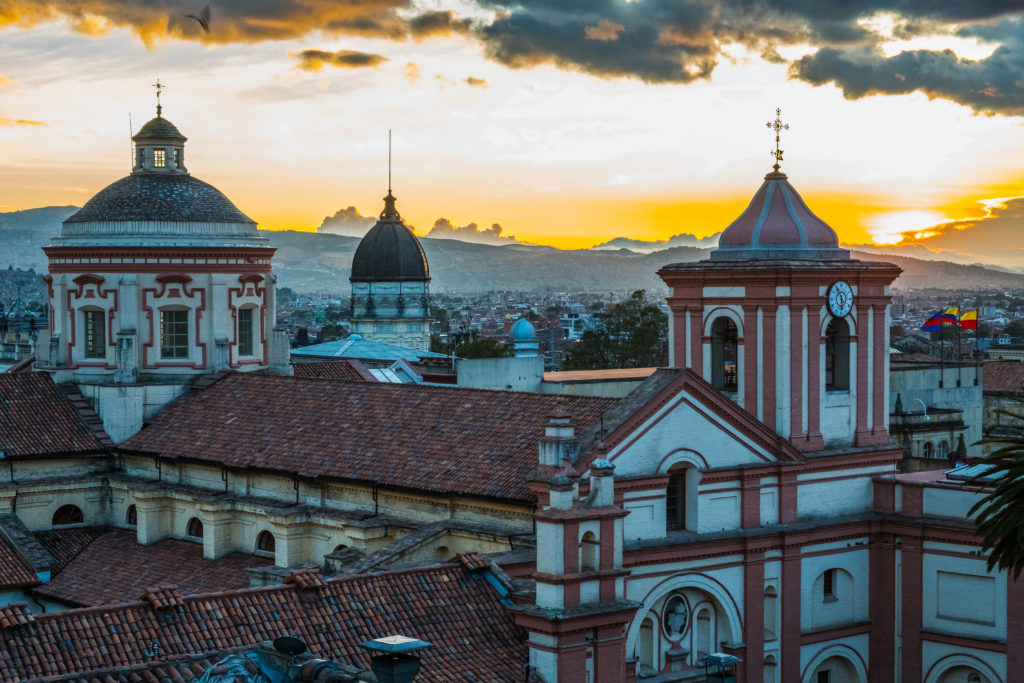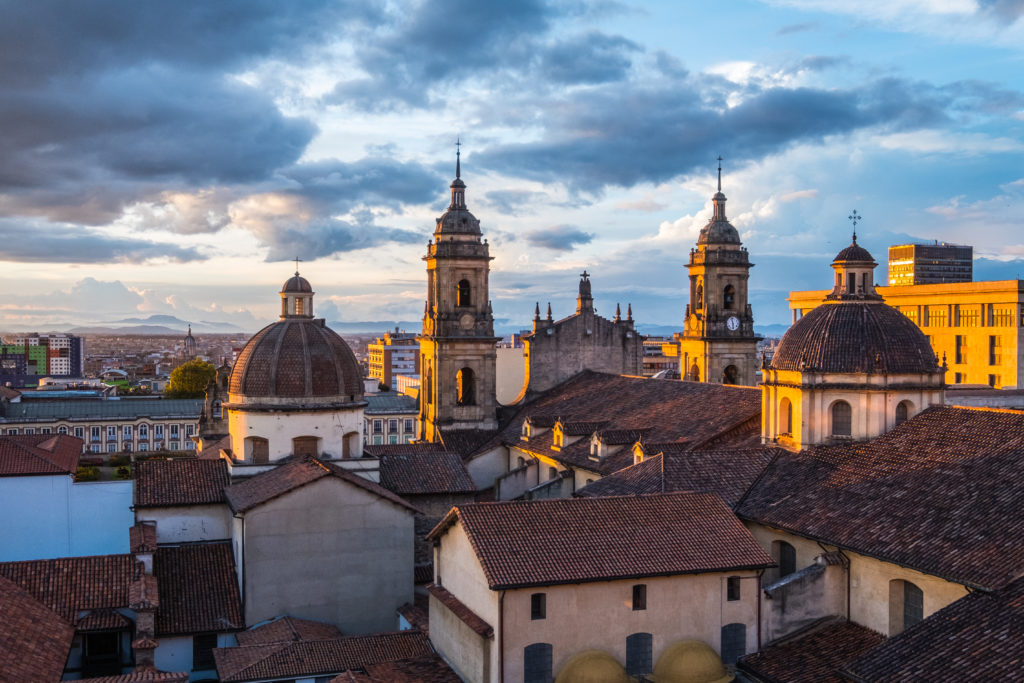*Desto3 thanks guest poster, Lynne Shaw, for her travelogue content.
Colombia (Spanish spelling, a popular t-shirt reads ‘It’s Colombia, not Columbia’) is a country in the midst of a cultural renaissance with a very friendly and resilient population. Only 2% of Colombians are indigenous. Contrast that percentage with neighbors in Bolivia whose indigenous population is closer to 50% of the population. The capital city of Colombia is Bogata, home to 33 million inhabitants. Bogota enjoys rank of the third-highest elevation in South America (after Quito and Sucre), at an average of 2,640 metres (8,660 ft) above sea level.
Medical care and educational benefits are accorded to the population based on an elaborate caste system which assigns every citizen at birth to a number between one and six that corresponds to the strata that will determine both the cost and benefits for health services and schooling. Your assignment depends upon your address and a change of residence will automatically result in a change in your status. It is impolite to ask what stratum a person belongs to, however, the strata are far more apparent at the coast where the wealth inequality is the greatest.
In the heart of the old city is the Hotel d’ Opera, converted into a hotel from a beautiful old building that was once the opera house. This area called Candelabra is where government buildings dominate Simon Bolivar Square, and a pedestrian street features artists, singers, dancers, and jugglers. Not far from the hotel a cable car ascends 10K ft to a 17th century church which was once the destination for supplicants who got there on their knees. It’s currently forbidden to get there via knee so the faithful now load their shoes up with stones and walk to the top to provide adequate suffering. The peak offers a commanding view of the city, with a requisite “rue de la crappola” offering all manner of souvenirs, religious and otherwise. Lots of food stalls sell local delicacies and a popular adult beverage known as “aguardiente nectar” – roughly translated, “fire-water”.
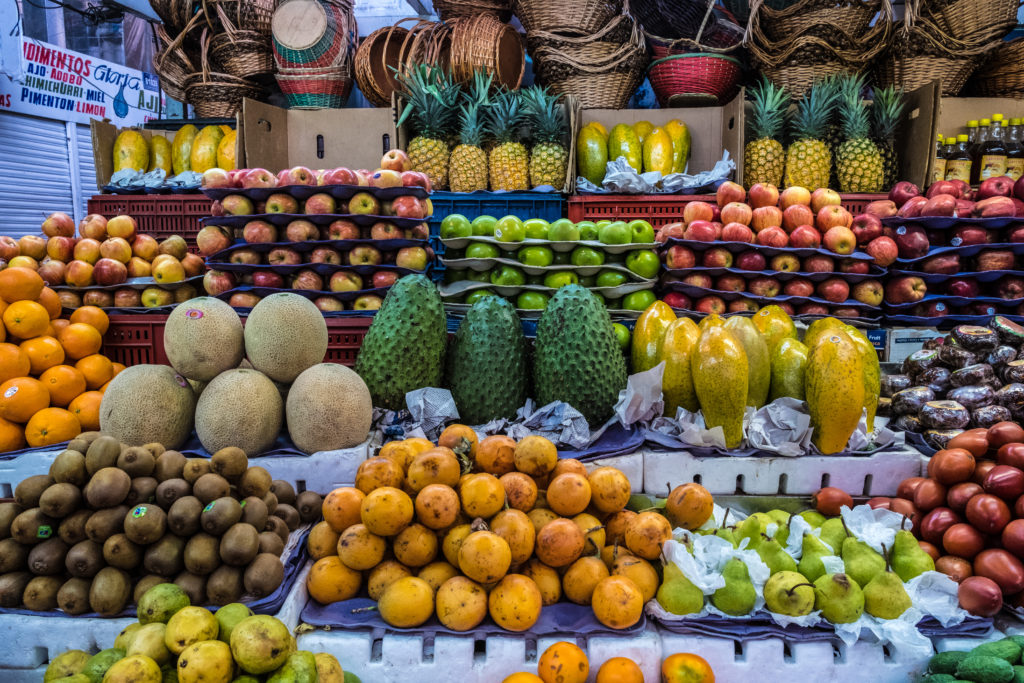 Colombia is second only to Holland in exportation of flowers, sold also on the streets by the locals at Bogota’s flower market. The variety and colors were fantastic. Next to the flower market is the food mercado. One can sample all the exotic fruits like pitaya (dragon fruit), soursop (guava/banana), feijoa (pineapple/guava), mangosteen and lulo (no translation). Also sold are yucca (manioc) bread, avena (Colombian oatmeal), and delicious lechone (pork, cut from the whole roasted pig, and mixed with rice). Very close by there is a “red light district” where the women stand on the sidewalks wearing very little. Seems prostitution is “legal” in that there is no one to police it.
Colombia is second only to Holland in exportation of flowers, sold also on the streets by the locals at Bogota’s flower market. The variety and colors were fantastic. Next to the flower market is the food mercado. One can sample all the exotic fruits like pitaya (dragon fruit), soursop (guava/banana), feijoa (pineapple/guava), mangosteen and lulo (no translation). Also sold are yucca (manioc) bread, avena (Colombian oatmeal), and delicious lechone (pork, cut from the whole roasted pig, and mixed with rice). Very close by there is a “red light district” where the women stand on the sidewalks wearing very little. Seems prostitution is “legal” in that there is no one to police it.
One of the most popular games in Columbia is called Teja, typically played in a huge back room of small restaurants where men drink beer while playing the game. It is very rare to see women there (the unrinals are open and in the middle of the room…a clue). The game is played by throwing a very heavy disk (kind of like the game of horseshoes) at a small circle surrounded by small packets of gun powder. The idea is to get the disk in the middle for the most points, or, for less points, hit a packet of gunpowder to make a deafening loud gunshot sound. Heavy objects thrown around by drunk people in the vicinity of small quantities of gun powder: what could be more fun?
